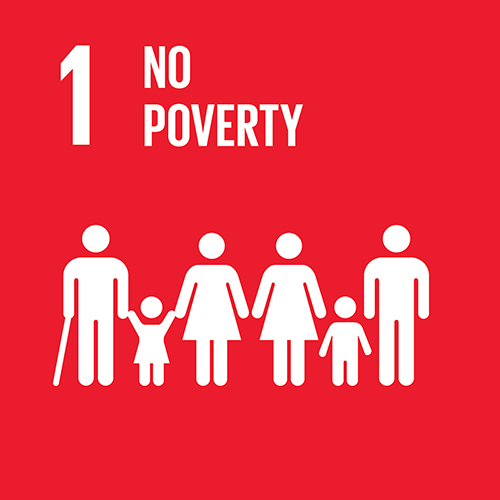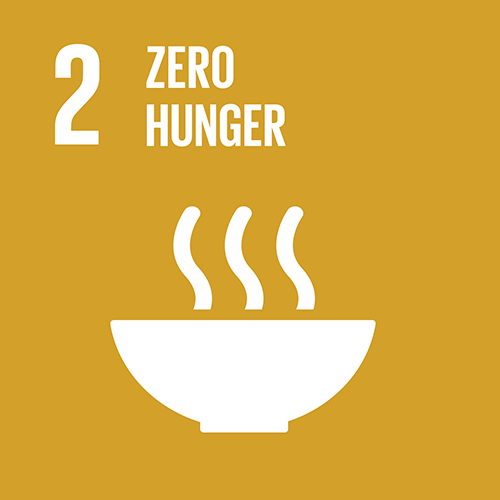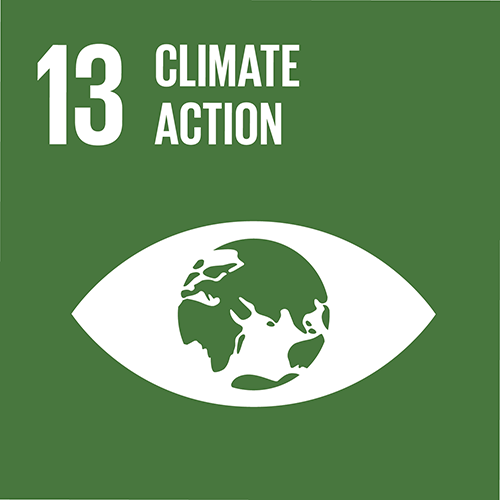Landscape Restoration in Ethiopia
Project type: Land Use and Forestry
Project location: Äthiopien, Tembien-Hochland (Region Tigray)
Project status: In operation, credits available
Annual emission reduction of the whole project: 28,595 t (vintage 2022)
This project improves rural household income for landless and smallholder farmers in villages of the North Ethiopian Highlands (Tigray Region) by supporting woodland restoration, agroforestry and ecosystem-services development. Thereby, the project, which is implemented by the organization EthioTrees, not only restores vegetation and soil organic carbon but at the same time boosts biodiversity and groundwater recharge.
Located at the northernmost limit of the African monsoons, the North Ethiopian Highlands are a hotspot of vulnerability to land degradation and climatic changes. The North Ethiopian Highlands have high cattle densities and steep slopes what leads to significant soil degradation. The vast majority of the farmers identify the lack of access to drinking water as the main problem for their livelihood – a consequence of land degradation.
Building on decades of scientific research in the area, the project team implements an integrated catchment management approach, which is proven key to ecosystem restoration. With improved management techniques, soil and water conservation and enrichment planting, carbon sequestration and groundwater recharge can be improved in the future and livelihoods will improve.
My fields are just downslope of the EthioTrees forest in Meam Atali. Before, the springs in the valley supplied groundwater only during the first months of the dry season. Since two years, the groundwater is recharging. Now, I can irrigate all year round.
Solution
How do we achieve the project’s goal? Firstly, by boosting woodland ecosystem restoration on large and highly degraded slopes where cattle grazing is excluded; secondly, storing carbon and water in the supported woodlands; thirdly, by supporting ecosystem services development that includes increased green water availability, honey production and frankincense (oil) production for landless farmers. The landless participants derive significantly less income from sales of agricultural products and sales of livestock as compared to farmers with land.
Bees are my life. Honey is my grain.
Community members are engaged in a variety of income-generating purposes. The project provides capacity-building to nurture seedlings at community-nurseries and then plant and protect the saplings. Alongside, the project targets women and young adults for training in additional livelihood initiatives to satisfy their nutritional, financial and energy needs. These initiatives include apiculture, incense harvesting, agroforestry and fodder production. Locals are trained to harvest grasses sustainably through a cut and carry system, which will then be divided amongst community members to feed livestock in place of open grazing.
Nothing but praise for EthioTrees. They let us decide how to use our land properly. Before, this area was used for grazing and charcoal production. EthioTrees excavated water ponds nearby, significantly reducing the workload for women and when the community faced challenges, we collectively opted for cash payments.
Through the better management of exclosures, rainwater infiltration helps to stabilize groundwater tables. This provides an opportunity for irrigation agriculture. The project’s perimeter involves community land for ecosystem restoration and smallholder lands for agroforestry.
Impacts on biodiversity
Biodiversity in the project zones (flora and fauna) will be increased, in both a direct as an indirect way. Floral biodiversity will be directly improved through the enrichment planting of seedlings. Although tree planting is only part of a broader strategy to improve environmental resilience (i.e. also including soil and water conservation and improved exclosure management), seedlings will be added in the project zones to strengthen and assist the natural regeneration. In collaboration with the participating communities, a seedling mix of Acacia, Olea, Celtis, Cordia, and Dodonea is applied. Neighboring remnant orthodox church forests provide important seed banks for endemic species and rehabilitating exclosures form important biodiversity corridors for flora and fauna.
Thanks to the generosity of their trunks, providing high value incense, frankincense trees (Boswellia papyrifera) may be the most wonderful trees on Earth. Adding to their mystique is the fact that it remains impossible to plant their seedlings. Over the past years, EthioTrees and the community of Amanit worked on a strategy of intensive natural regeneration. Finally, the hard work pays off. During a field survey with EthioTrees team in May 2023, an incredible density of new Boswellias babys were observed (see picture above).
Improving the quality of life of women
As elsewhere in the world, men and women in Tigray often have different priorities for the future of their village. When designing “plan vivo maps” with women-only groups, it became clear that women generally wanted to invest most in drinking water infrastructure. This is no big surprise, since fetching water is a burden falling hardest on women. In Adi Lihtsi, Meam Atali, and Gidmi Gestet, fetching water during the dry season required a walk of four hours per day. The opening of three new water reservoirs, paid using Plan Vivo Certificates, has reduced that time consumption a sixfold (see picture above).
How did the project develop during the great famine?
In response to the severe famine in Tigray, the EthioTrees team wanted to get food to the region. At that time, the only viable option was to support with direct cash-for-food support for the most vulnerable households in the crisis. From sustainably managing their land during the crisis, the communities earned that year approximately 200,000 USD from the sale of Plan Vivo Certificates (PVCs). This money allowed farmers to buy food in the city, which they then took back to their villages, a half day’s walk away. Within their villages, the 18 communities then collectively allocated food and funds to those members who needed support most. The fact that the community forests continued to do so well during such dire times, exemplifies that communities recognize that income from carbon credits can be relied upon when other sources of income are not available.
Project partner, project standard and verification
EthioTrees is a combined Belgo-Ethiopian project aiming to promote afforestation and non-timber forest production in the Ethiopian Highlands. Climate Lab Belgium is the project coordinator and project's partner of myclimate. EthioTrees Association Ethiopia is the implementing partner on the ground. The project follows the Plan Vivo Standard to guarantee the overall sustainability of the project and to ensure that both project planning and implementation/governance are driven by the local population. EthioTrees is independently verified by Plan Vivo every year and audited by an independent third party every five years. Find much more detailed information under "Documentation".
This project contributes to 6 SDGs*
*as at the end of 2023. myclimate only finances a share of this project. The following figures relate to the impact of the entire project. Find out how myclimate reports these SDGs in our FAQ.
The following SDGs are verified by Plan Vivo:
More than 50 communities are engaged in a variety of income-generating purposes, including apiculture, frankincense, irrigation, agroforestry and fodder production. The project also provides technical and marketing training for non-timber forest production to increase income for smallholder and landless farmer.
The project provided food aid to 29,135 extremely food insecure people.
The project constructed 10 large water reservoirs and boosted spring resurgence in the project areas.
Ethiotrees helps farmers make aromatic oils from frankincense and sells "white honey" for extra income.
The project sequestered 233,260 tCO2, sprouted 8 million trees and increased the species richness with +41% in the project areas.
The project built 49,716 meter stone bunds to trap fertile soils and water in the project areas.
Situation without project
Soil degradation, loss of biodiversity, water scarcity, increased risk of drought and hunger, less carbon sequestrationDocumentations
Project standard

Project number
7266










